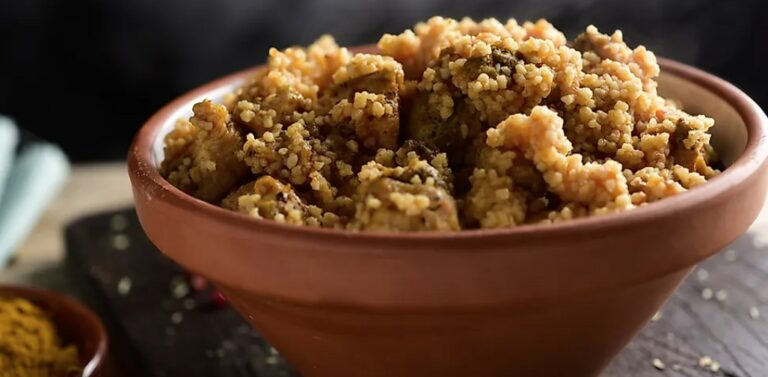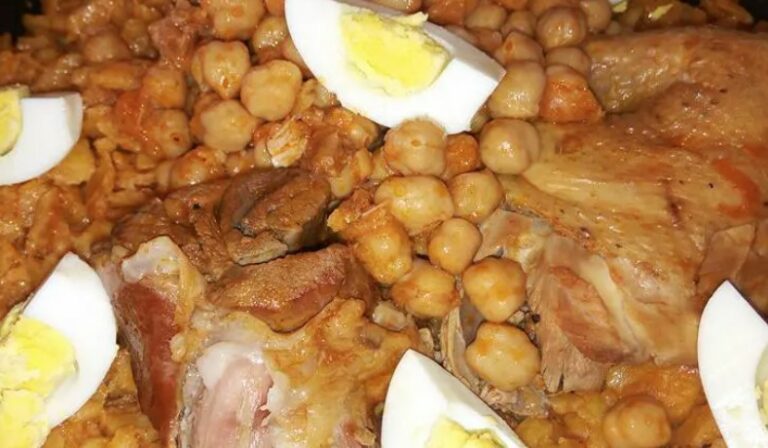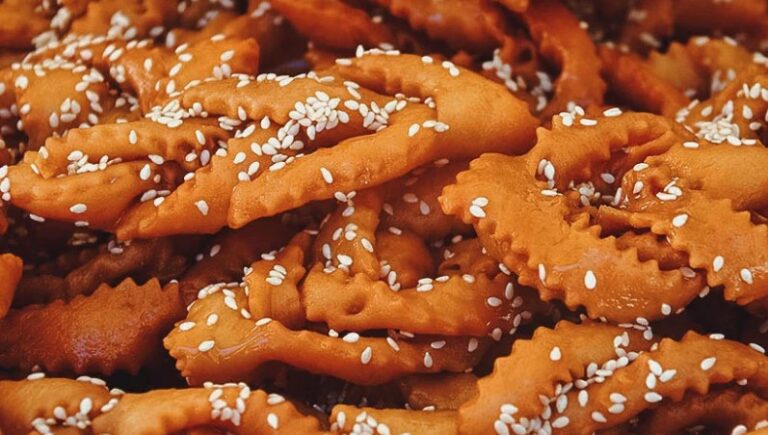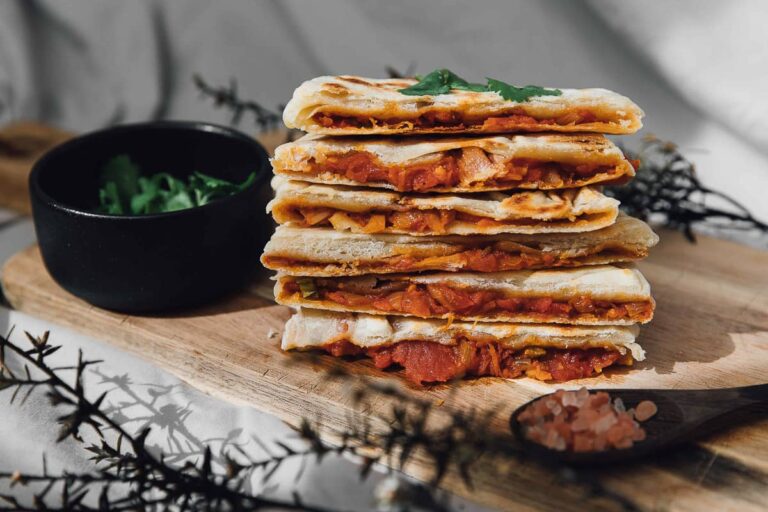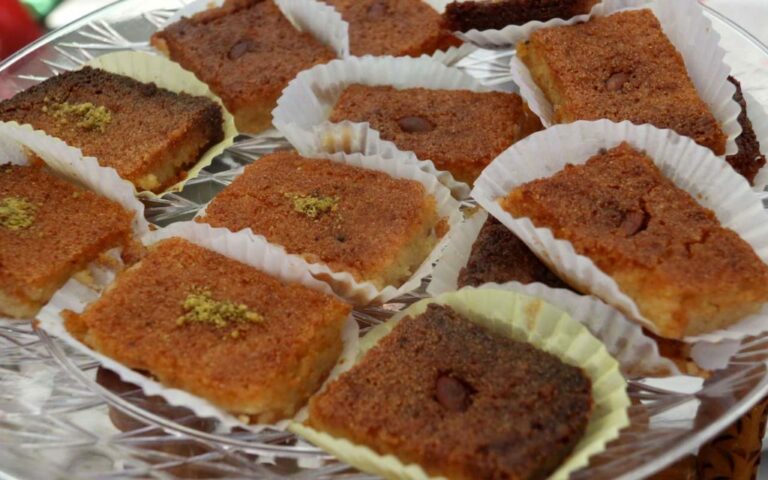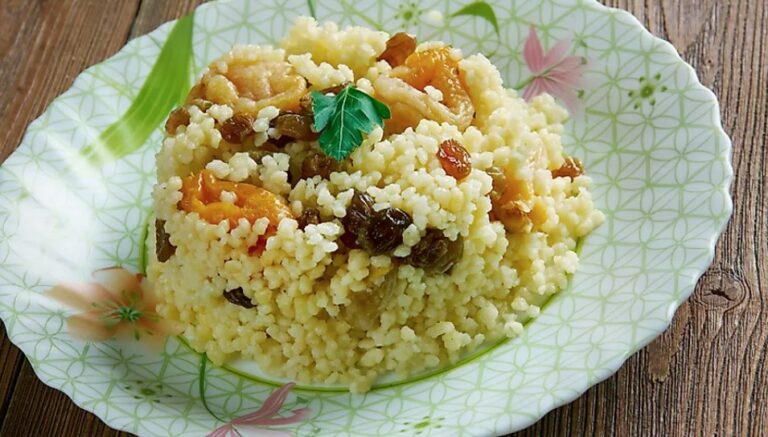Introduction: Algerian cuisine
Algerian cuisine is a flavorful and diverse North African cuisine that blends different cultural influences. Algerian cuisine is characterized by its use of spices, herbs, and sauces, which give it a unique flavor. Algerian cuisine is also known for its use of vegetables, grains, and legumes, which make it a healthy and nutritious cuisine. Algerian cuisine is influenced by different civilizations, including Berbers, Arabs, French, Ottoman, and Spanish, which have left their mark on the cuisine.
Religious dietary restrictions
Algeria is a Muslim-majority country, and as such, Islamic dietary laws are observed. Muslims are required to follow Halal dietary laws, which prohibit the consumption of pork and alcohol. Muslims are also required to consume Halal food and avoid Haram food. Additionally, some Muslims observe Ramadan, during which they fast from sunrise to sunset.
Halal and Haram foods
Halal food is food that is permissible according to Islamic dietary laws. Halal food is prepared in a specific way to ensure it is free from any Haram substances. Haram food is food that is prohibited in Islam, such as pork, alcohol, and any food that is not slaughtered in a Halal way. In Algerian cuisine, Halal meat is widely used, and pork is not consumed. Additionally, alcohol is not consumed in traditional Algerian cuisine.
Popular Algerian dishes
Algerian cuisine is a fusion of different cultural influences, and as such, it has a wide variety of dishes. Some popular Algerian dishes include couscous, tajine, merguez, brik, and chorba. Couscous is a staple dish in Algerian cuisine and is usually served with meat or vegetables. Tajine is a slow-cooked dish that is made with meat, vegetables, and spices. Merguez is a spicy sausage that is made with lamb or beef. Brik is a crispy pastry that is filled with eggs, tuna, or meat. Chorba is a hearty soup that is usually served during Ramadan.
Vegetarian and vegan options
Algerian cuisine offers a range of vegetarian and vegan options, which are often made with vegetables, grains, and legumes. Some popular vegetarian and vegan dishes include shakshuka, zaalouk, and felfel. Shakshuka is a dish made with eggs, tomatoes, and peppers. Zaalouk is a salad made with roasted eggplant, tomatoes, and spices. Felfel is a salad made with peppers, tomatoes, and onions.
Allergies and intolerances
Algerian cuisine uses a variety of spices and ingredients, which may cause allergies or intolerances. Some common allergens in Algerian cuisine include peanuts, tree nuts, and wheat. Additionally, some dishes may contain dairy or eggs. It is important to inform the chef or server of any allergies or intolerances before ordering.
Traditional Ramadan foods
Ramadan is the holy month in the Islamic calendar, during which Muslims fast from sunrise to sunset. Algerian cuisine has a range of dishes that are traditionally served during Ramadan, such as harira, borek, and chebakia. Harira is a hearty soup made with lentils, chickpeas, and meat. Borek is a crispy pastry that is filled with meat or vegetables. Chebakia is a sweet pastry that is made with sesame seeds and honey.
Conclusion: Diversity in Algerian cuisine
Algerian cuisine is a diverse and flavorful cuisine that blends different cultural influences. Algerian cuisine offers a range of dishes that cater to different dietary needs, including Halal, vegetarian, and vegan options. Algerian cuisine also has a range of dishes that are traditionally served during Ramadan. Algerian cuisine is a reflection of Algerian history and culture and is a testament to the country’s rich culinary heritage.


